Home>Gardening & Outdoor>Plant Care & Gardening Tips>What Eats A Desert Wildflower
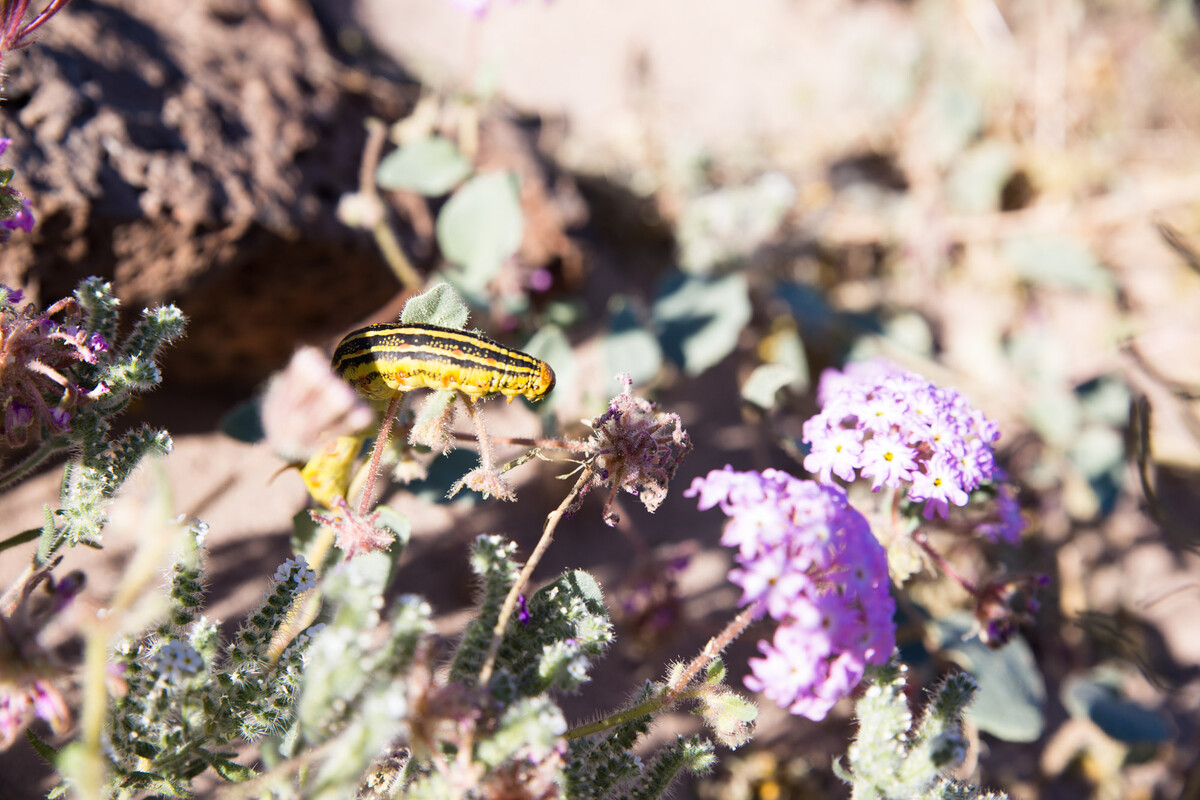

Plant Care & Gardening Tips
What Eats A Desert Wildflower
Published: December 24, 2023
Discover what eats a desert wildflower and get expert plant care and gardening tips to keep your blooms thriving. Learn how to nurture your plants for a vibrant garden.
(Many of the links in this article redirect to a specific reviewed product. Your purchase of these products through affiliate links helps to generate commission for Storables.com, at no extra cost. Learn more)
**
Introduction
**
Desert wildflowers are marvels of nature, adorning arid landscapes with vibrant hues and delicate blooms. These resilient plants have adapted to thrive in harsh, sun-scorched environments, showcasing their beauty in the face of adversity. However, the survival of these wildflowers is not without its challenges, as they are sought after by a variety of creatures as a source of nourishment. Understanding the intricate web of life in the desert ecosystem is crucial to appreciating the interplay between these flora and the fauna that rely on them for sustenance.
In this article, we will explore the diverse array of creatures that consume desert wildflowers, shedding light on the herbivores, insects, birds, mammals, carnivores, rodents, insectivores, and omnivores that play a role in the consumption of these delicate blooms. By delving into the fascinating world of desert wildflower consumption, we can gain a deeper appreciation for the complexities of desert ecosystems and the interconnectedness of all living organisms within them. Let's embark on a journey to uncover the secrets of what eats a desert wildflower.
Key Takeaways:
- Desert wildflowers are consumed by a variety of creatures, including insects, birds, mammals, and rodents, shaping the delicate balance of the desert ecosystem.
- The intricate web of life in the desert showcases the resilience and adaptability of all living organisms, highlighting the complex network of relationships that govern this harsh and wondrous environment.
Read more: How To Plant A Desert Wildflower Garden
Herbivores
Desert wildflowers are a source of sustenance for a myriad of herbivores, ranging from insects to larger mammals. These plant-eating creatures play a crucial role in the desert ecosystem, shaping the distribution and abundance of wildflowers through their feeding habits.
Invertebrates such as grasshoppers, caterpillars, and beetles are common herbivores that consume desert wildflowers. Their voracious appetites can result in significant damage to the delicate blooms, posing a threat to the survival of individual plants. Additionally, herbivorous reptiles like desert tortoises and iguanas also partake in the consumption of wildflowers, utilizing them as a valuable source of hydration in the parched desert landscape.
Furthermore, herbivorous mammals such as jackrabbits, mule deer, and bighorn sheep are known to graze on desert wildflowers, incorporating these plants into their diets as they forage for sustenance in the arid terrain. Their feeding behaviors can influence the abundance and diversity of wildflowers in specific regions, contributing to the intricate balance of the desert ecosystem.
The presence of herbivores serves as a driving force for the adaptation and resilience of desert wildflowers, shaping their evolutionary strategies to withstand consumption and thrive in the face of relentless grazing pressure. Understanding the interactions between herbivores and wildflowers provides valuable insights into the dynamics of desert ecosystems and the delicate equilibrium that sustains life in these harsh environments.
Insects
In the realm of desert wildflowers, insects play a pivotal role in both pollination and consumption. While some insects contribute to the reproductive success of wildflowers through pollination, others partake in the consumption of these delicate blooms, shaping the intricate balance of the desert ecosystem.
Bees, renowned for their vital role as pollinators, visit desert wildflowers in search of nectar and pollen, facilitating the transfer of pollen grains between flowers and contributing to the reproductive cycle of these plants. However, not all insects have a mutually beneficial relationship with wildflowers. Some species of beetles, caterpillars, and grasshoppers are herbivorous insects that feed on the leaves, stems, and petals of desert wildflowers, posing a threat to their survival. These voracious insects can inflict damage on the delicate blooms, altering the distribution and abundance of wildflowers in specific regions.
Moreover, the consumption of desert wildflowers by insects can trigger evolutionary responses in these plants, driving the development of defense mechanisms to deter herbivory. Some wildflowers produce chemical compounds or employ physical deterrents to dissuade insect consumption, showcasing the intricate adaptations that have arisen in response to the pressures exerted by herbivorous insects.
The interplay between insects and desert wildflowers underscores the complex web of interactions that shape the dynamics of the desert ecosystem. From pollination to herbivory, insects wield significant influence over the fate of wildflowers, contributing to the rich tapestry of life in the arid expanse. Understanding the multifaceted roles of insects in the desert ecosystem provides a deeper appreciation for the interconnectedness of all living organisms within this harsh and wondrous environment.
Birds
The avian inhabitants of desert landscapes contribute to the intricate tapestry of life by interacting with and consuming the delicate wildflowers that adorn these arid terrains. Birds play a multifaceted role in the desert ecosystem, influencing the distribution of wildflowers through their foraging behaviors and serving as agents of seed dispersal.
Certain bird species, such as hummingbirds and orioles, are drawn to the nectar-rich blossoms of desert wildflowers, utilizing these floral resources as a source of nourishment. As they flit from flower to flower in search of nectar, these avian pollinators inadvertently aid in the reproductive success of wildflowers by transferring pollen between blooms, contributing to the perpetuation of these plants. However, not all birds have a symbiotic relationship with wildflowers. Some species, including quail and ground-feeding birds, may consume the seeds of desert wildflowers as part of their diet, impacting the dispersal and germination of these plants.
Additionally, the foraging activities of birds can influence the abundance and distribution of wildflowers in specific regions. By selectively consuming certain plant species or parts of the wildflowers, birds contribute to shaping the composition of floral communities within the desert landscape. Their foraging behaviors play a role in the intricate dance of predator-prey relationships, as birds seek sustenance among the blooms that dot the arid expanse.
The presence of birds in the desert ecosystem underscores the interconnectedness of all living organisms within this harsh and wondrous environment. From pollination to seed dispersal and foraging, birds leave an indelible mark on the fate of desert wildflowers, contributing to the rich biodiversity that thrives amidst the seemingly inhospitable terrain. Understanding the diverse roles that birds play in relation to desert wildflowers provides a deeper appreciation for the complexities of desert ecosystems and the delicate balance that sustains life in these arid realms.
Mammals
Amidst the rugged beauty of desert landscapes, mammals play a significant role in the consumption and dispersal of the delicate wildflowers that adorn these arid terrains. From browsing on the tender foliage to serving as agents of seed dispersal, mammals contribute to the intricate web of life that sustains the desert ecosystem.
Herbivorous mammals such as jackrabbits, mule deer, and bighorn sheep are known to graze on the foliage of desert wildflowers, incorporating these plants into their diets as they forage for sustenance in the arid terrain. Their feeding behaviors can influence the abundance and diversity of wildflowers in specific regions, shaping the composition of floral communities within the desert landscape. Moreover, the consumption of wildflowers by mammals can trigger evolutionary responses in these plants, driving the development of defense mechanisms to withstand herbivory and thrive amidst grazing pressure.
In addition to consuming wildflowers, mammals also play a role in the dispersal of seeds, aiding in the propagation and perpetuation of these plants. Seeds that pass through the digestive tracts of mammals may be deposited in new locations, contributing to the colonization of new habitats and the expansion of wildflower populations. This process of seed dispersal by mammals influences the distribution and abundance of wildflowers across the desert terrain, shaping the dynamics of floral communities.
The presence of mammals in the desert ecosystem underscores the interconnectedness of all living organisms within this harsh and wondrous environment. From browsing on wildflowers to serving as agents of seed dispersal, mammals leave an indelible mark on the fate of these delicate blooms, contributing to the rich tapestry of life that thrives amidst the seemingly inhospitable terrain. Understanding the diverse roles that mammals play in relation to desert wildflowers provides a deeper appreciation for the complexities of desert ecosystems and the delicate balance that sustains life in these arid realms.
Desert wildflowers are eaten by a variety of animals including insects, birds, and small mammals. To protect them, consider planting them in areas where grazing animals can’t reach or using fencing to keep animals away.
Read more: How Long Can A Desert Wildflower Live
Carnivores
In the intricate web of life that characterizes desert ecosystems, carnivores play a compelling role in the consumption and regulation of the creatures that interact with delicate wildflowers. From predatory insects to small mammals, these carnivorous creatures contribute to the dynamics of the desert landscape, exerting their influence on the delicate balance of the ecosystem.
Predatory insects, such as certain species of beetles and spiders, actively hunt and consume herbivorous insects that may feed on desert wildflowers. By preying on these herbivores, carnivorous insects help regulate the populations of creatures that have the potential to damage the delicate blooms, contributing to the overall health and vitality of wildflower populations. These predatory insects are part of a complex network of interactions that govern the fate of desert wildflowers, showcasing the multifaceted relationships that shape the desert ecosystem.
Furthermore, small carnivorous mammals, including shrews and foxes, play a role in the regulation of herbivorous populations that may impact the consumption of wildflowers. By preying on herbivorous creatures or competing for resources, these carnivores contribute to the intricate balance of the desert ecosystem, influencing the distribution and abundance of wildflowers through their predatory behaviors. Their presence serves as a vital component in the delicate equilibrium that sustains life in the arid expanse, shaping the dynamics of the flora and fauna that coexist within this harsh environment.
The role of carnivores in the desert ecosystem underscores the interconnectedness of all living organisms within this harsh and wondrous environment. From regulating herbivorous populations to shaping the dynamics of the desert landscape, carnivores leave an indelible mark on the fate of delicate wildflowers, contributing to the rich tapestry of life that thrives amidst the seemingly inhospitable terrain. Understanding the diverse roles that carnivores play in relation to desert wildflowers provides a deeper appreciation for the complexities of desert ecosystems and the delicate balance that sustains life in these arid realms.
Rodents
In the expansive tapestry of desert ecosystems, rodents play a significant role in the consumption and dispersal of the delicate wildflowers that grace these arid terrains. These small mammals contribute to the intricate web of life that sustains the desert ecosystem, influencing the distribution and abundance of wildflowers through their foraging behaviors and serving as agents of seed dispersal.
Rodents, such as kangaroo rats and pocket mice, are known to consume the seeds of desert wildflowers as part of their diet, impacting the dispersal and germination of these plants. As they forage for sustenance in the arid terrain, these small mammals inadvertently aid in the propagation and perpetuation of wildflowers by dispersing seeds to new locations. This process of seed dispersal by rodents influences the distribution and abundance of wildflowers across the desert landscape, shaping the dynamics of floral communities.
Furthermore, the foraging activities of rodents can influence the abundance and distribution of wildflowers in specific regions. By selectively consuming certain plant species or parts of the wildflowers, rodents contribute to shaping the composition of floral communities within the desert landscape. Their foraging behaviors play a role in the intricate dance of predator-prey relationships, as rodents seek sustenance among the delicate blooms that dot the arid expanse.
The presence of rodents in the desert ecosystem underscores the interconnectedness of all living organisms within this harsh and wondrous environment. From consuming seeds to serving as agents of seed dispersal, rodents leave an indelible mark on the fate of desert wildflowers, contributing to the rich tapestry of life that thrives amidst the seemingly inhospitable terrain. Understanding the diverse roles that rodents play in relation to desert wildflowers provides a deeper appreciation for the complexities of desert ecosystems and the delicate balance that sustains life in these arid realms.
Insectivores
In the intricate web of life that characterizes desert ecosystems, insectivores play a compelling role in the consumption and regulation of the insect populations that interact with delicate wildflowers. These specialized creatures contribute to the dynamics of the desert landscape, exerting their influence on the delicate balance of the ecosystem.
Insectivorous mammals, such as bats and certain species of shrews, actively hunt and consume a wide variety of insects, including those that may feed on desert wildflowers. By preying on these insects, insectivores help regulate the populations of creatures that have the potential to damage the delicate blooms, contributing to the overall health and vitality of wildflower populations. These specialized creatures are part of a complex network of interactions that govern the fate of desert wildflowers, showcasing the multifaceted relationships that shape the desert ecosystem.
Furthermore, certain reptiles, such as geckos and some lizard species, are also insectivorous and may consume insects that interact with desert wildflowers. By playing a role in regulating insect populations, these reptilian insectivores contribute to the intricate balance of the desert ecosystem, influencing the distribution and abundance of wildflowers through their predatory behaviors. Their presence serves as a vital component in the delicate equilibrium that sustains life in the arid expanse, shaping the dynamics of the flora and fauna that coexist within this harsh environment.
The role of insectivores in the desert ecosystem underscores the interconnectedness of all living organisms within this harsh and wondrous environment. From regulating insect populations to shaping the dynamics of the desert landscape, insectivores leave an indelible mark on the fate of delicate wildflowers, contributing to the rich tapestry of life that thrives amidst the seemingly inhospitable terrain. Understanding the diverse roles that insectivores play in relation to desert wildflowers provides a deeper appreciation for the complexities of desert ecosystems and the delicate balance that sustains life in these arid realms.
Omnivores
In the intricate tapestry of desert ecosystems, omnivores play a versatile and influential role in the consumption and regulation of a wide array of food sources, including delicate wildflowers. These adaptable creatures contribute to the dynamics of the desert landscape, exerting their influence on the delicate balance of the ecosystem through their diverse dietary habits.
Omnivorous mammals, such as coyotes and foxes, are known to have a varied diet that includes plant matter, small mammals, insects, and fruits. While these creatures may not primarily rely on wildflowers as a staple food source, they may consume certain parts of the plants or interact with them as they forage for sustenance in the arid terrain. The presence of omnivores in the desert ecosystem contributes to the complex web of interactions that govern the fate of wildflowers, showcasing the multifaceted relationships that shape the desert environment.
Additionally, certain bird species, including ravens and crows, exhibit omnivorous feeding behaviors, consuming a diverse range of food items that may include seeds, fruits, insects, and small animals. As they navigate the desert landscape in search of sustenance, these avian omnivores may interact with wildflowers and influence the distribution of seeds or contribute to the regulation of insect populations. Their versatile dietary habits contribute to the intricate balance of the desert ecosystem, shaping the dynamics of the flora and fauna that coexist within this harsh environment.
The role of omnivores in the desert ecosystem underscores the interconnectedness of all living organisms within this harsh and wondrous environment. From consuming a diverse array of food sources to shaping the dynamics of the desert landscape, omnivores leave an indelible mark on the fate of delicate wildflowers, contributing to the rich tapestry of life that thrives amidst the seemingly inhospitable terrain. Understanding the diverse roles that omnivores play in relation to desert wildflowers provides a deeper appreciation for the complexities of desert ecosystems and the delicate balance that sustains life in these arid realms.
Read more: What Is Libyan Desert Glass
Conclusion
The intricate interactions between desert wildflowers and the diverse array of creatures that consume them underscore the delicate balance of the desert ecosystem. From herbivores and insects to birds, mammals, carnivores, rodents, insectivores, and omnivores, each creature plays a unique role in shaping the fate of these delicate blooms.
The consumption of desert wildflowers by various creatures influences the distribution, abundance, and evolutionary strategies of these plants, contributing to the rich tapestry of life that thrives amidst the seemingly inhospitable terrain. The resilience of desert wildflowers in the face of consumption pressure is a testament to their adaptive capabilities and the intricate web of adaptations that have arisen in response to the challenges of the arid environment.
Furthermore, the interconnectedness of all living organisms within the desert ecosystem highlights the complex network of relationships that govern the dynamics of this harsh and wondrous environment. From pollination to seed dispersal, herbivory, and predator-prey interactions, the web of life in the desert is a testament to the resilience and adaptability of all living organisms within this unique ecosystem.
By understanding the diverse roles that creatures play in relation to desert wildflowers, we gain a deeper appreciation for the complexities of desert ecosystems and the delicate balance that sustains life in these arid realms. The symphony of life in the desert, with its myriad interactions and dependencies, serves as a testament to the beauty and resilience of the natural world.
As we continue to explore and study the intricate relationships between desert wildflowers and the creatures that rely on them, we unveil the secrets of what eats a desert wildflower, unraveling the captivating narrative of life in one of the world’s most awe-inspiring and challenging environments.
Frequently Asked Questions about What Eats A Desert Wildflower
Was this page helpful?
At Storables.com, we guarantee accurate and reliable information. Our content, validated by Expert Board Contributors, is crafted following stringent Editorial Policies. We're committed to providing you with well-researched, expert-backed insights for all your informational needs.
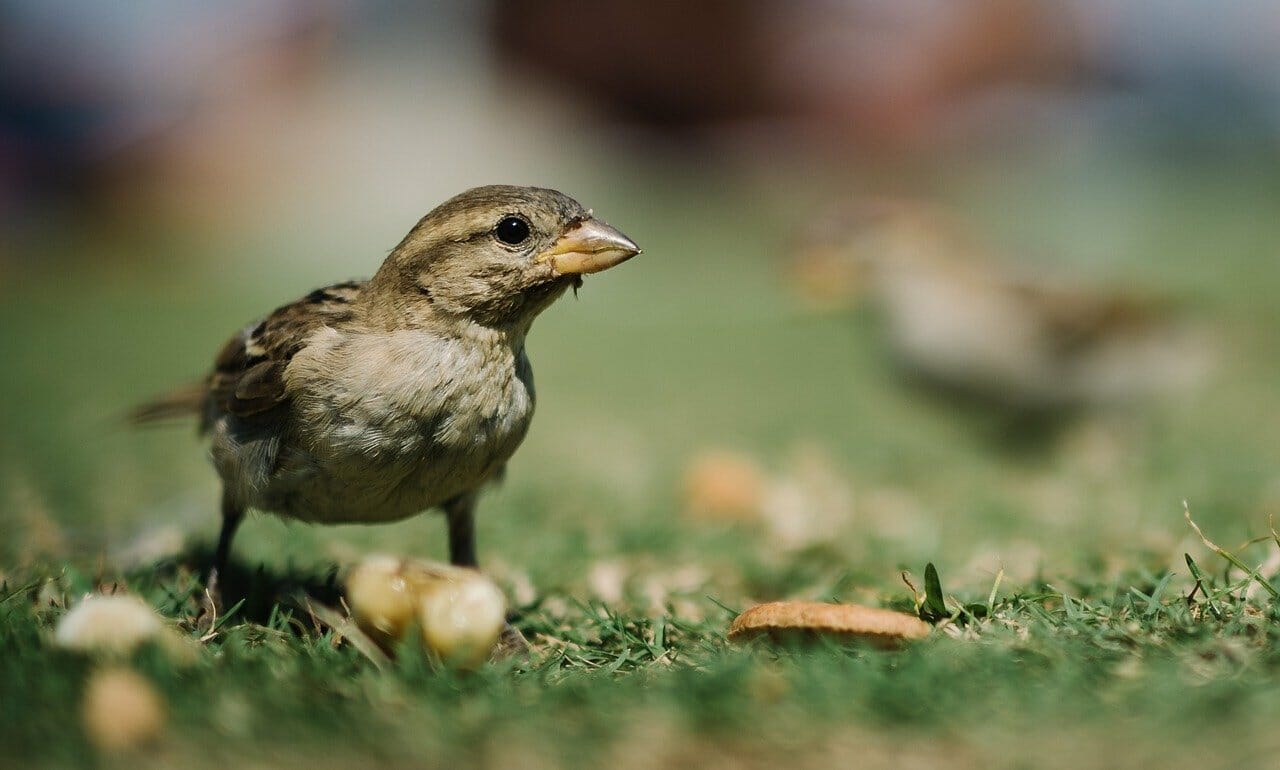
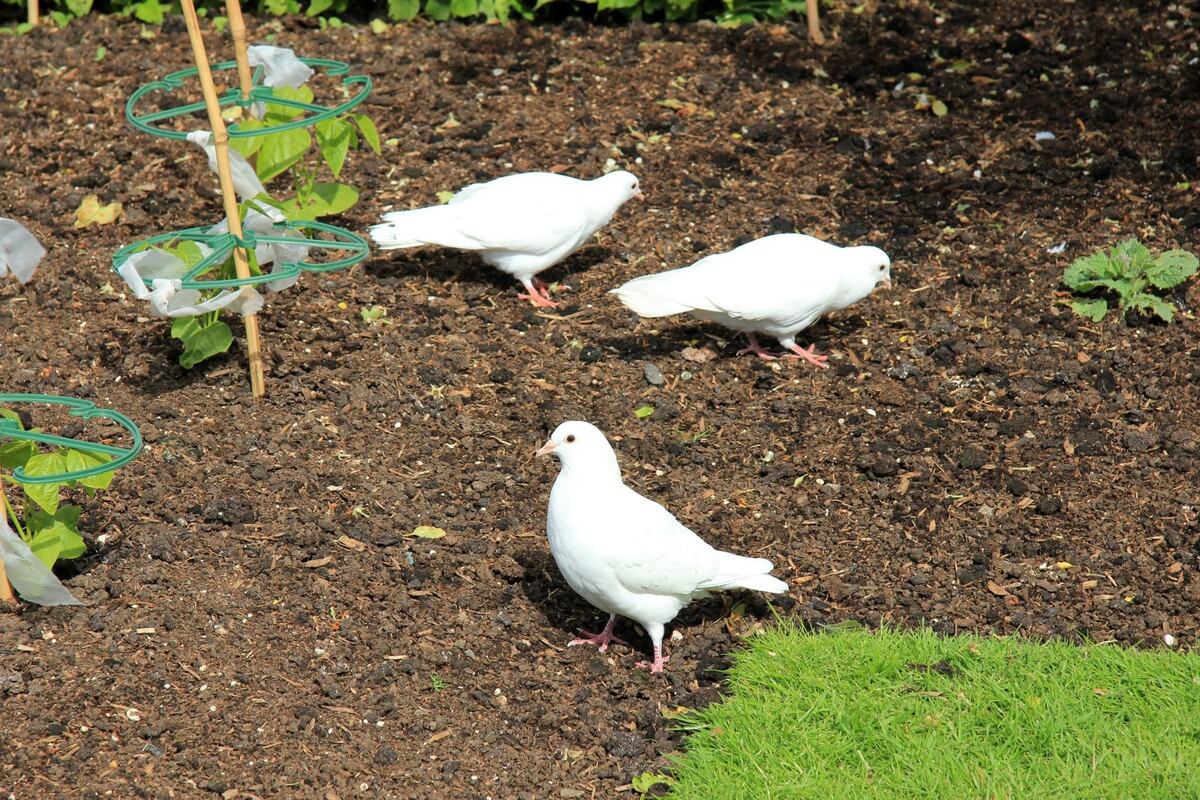
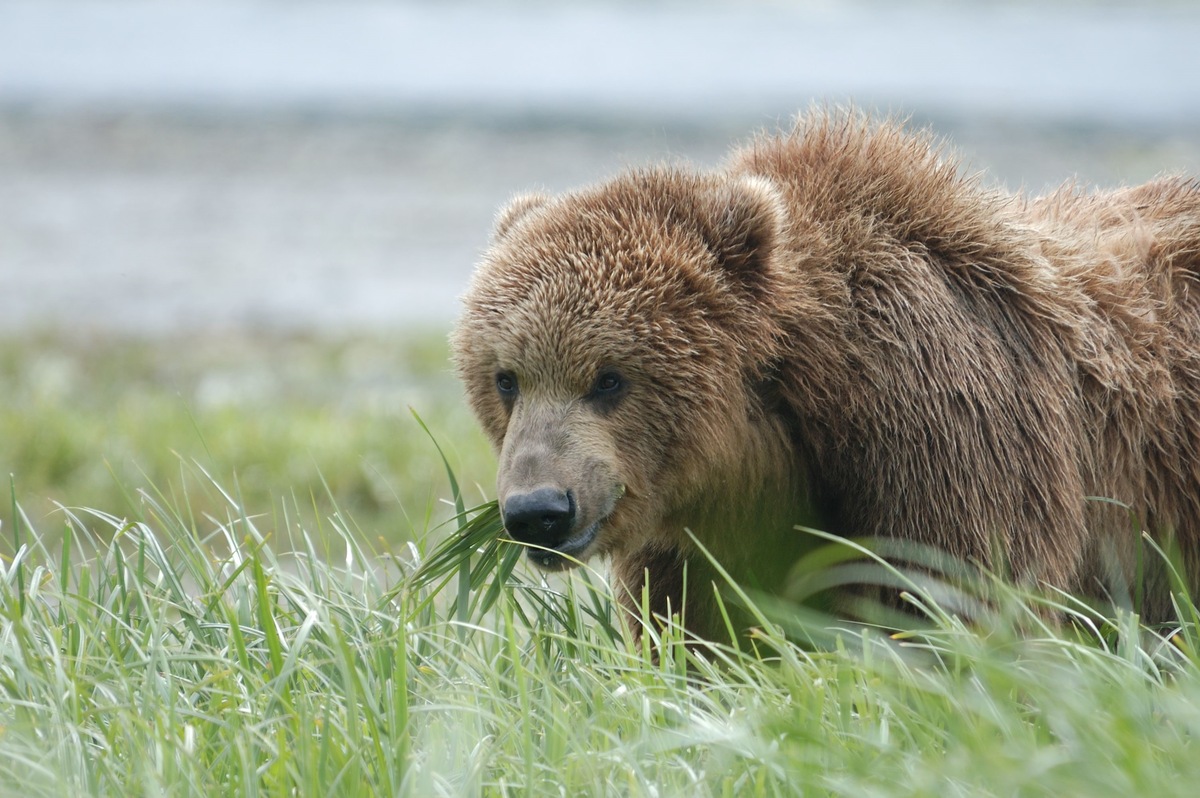
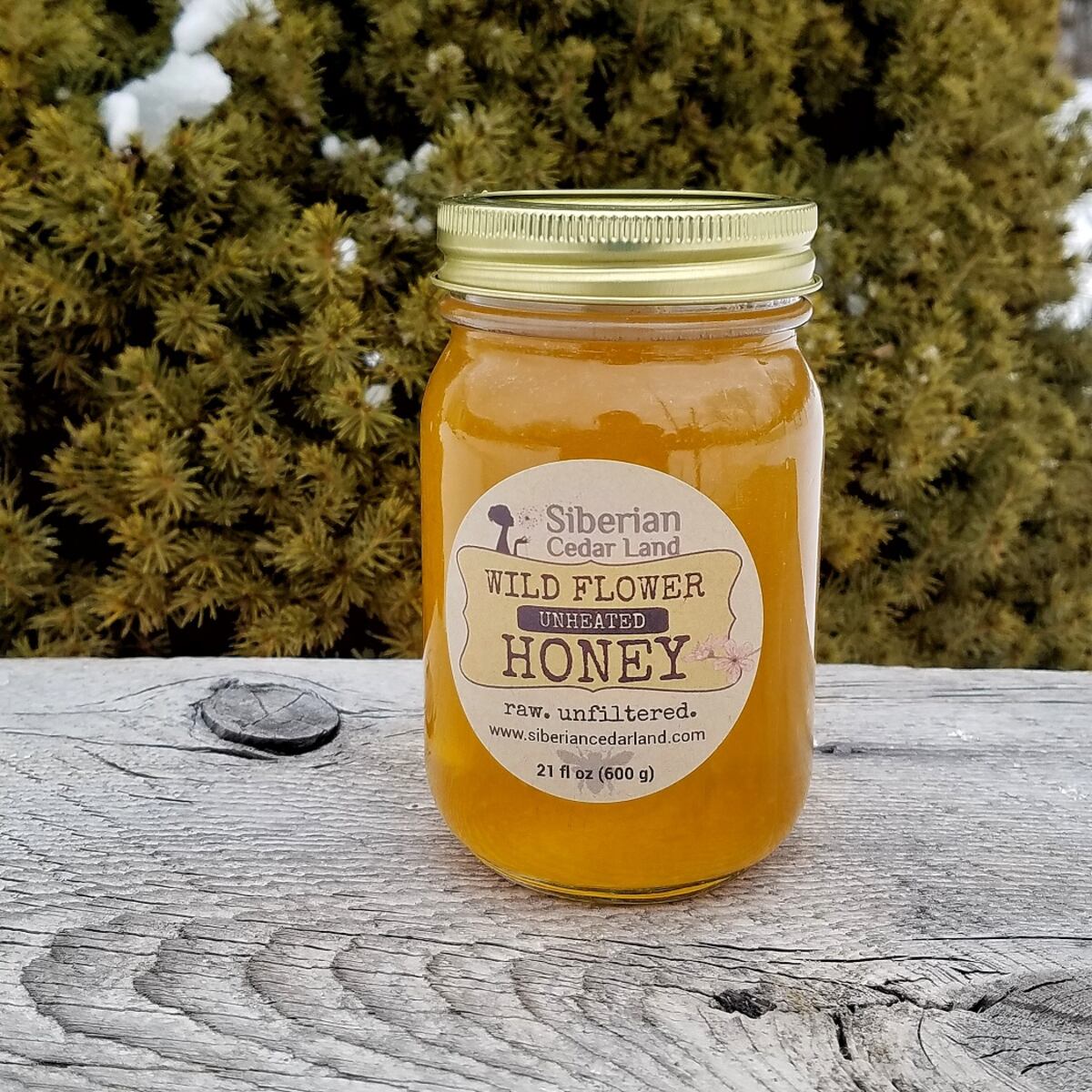
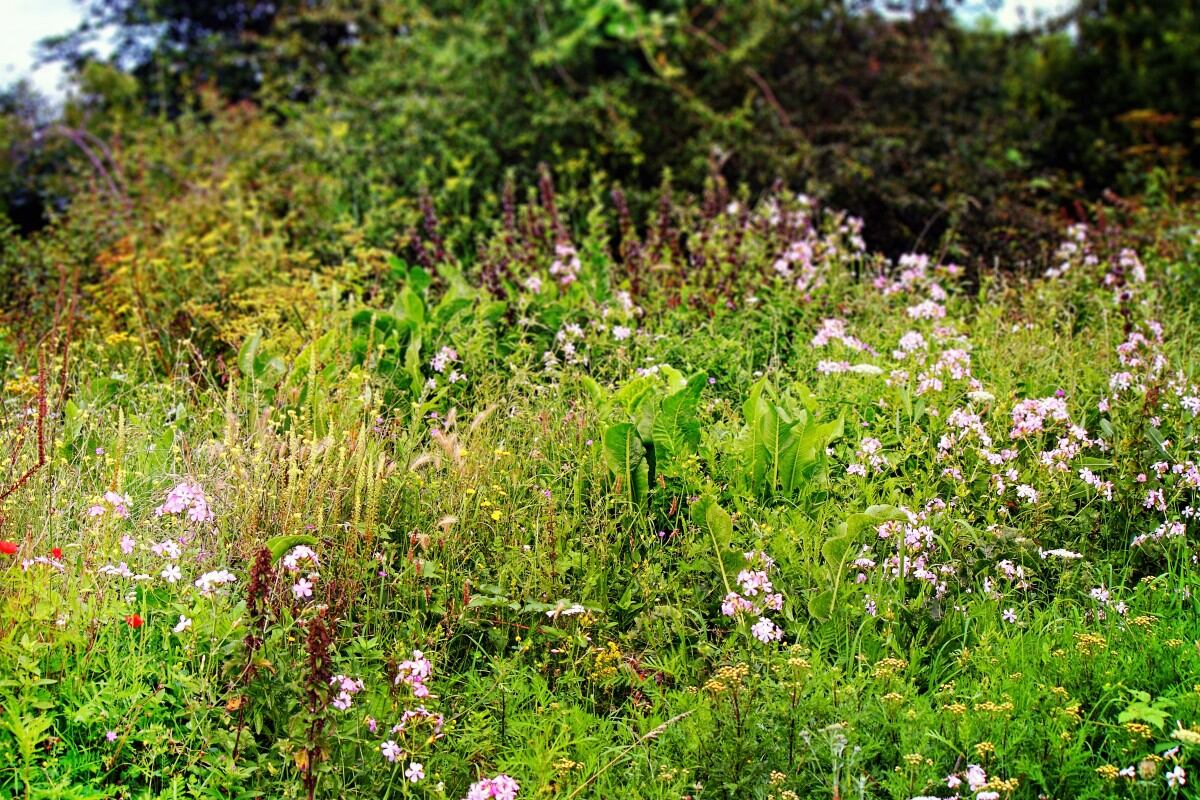
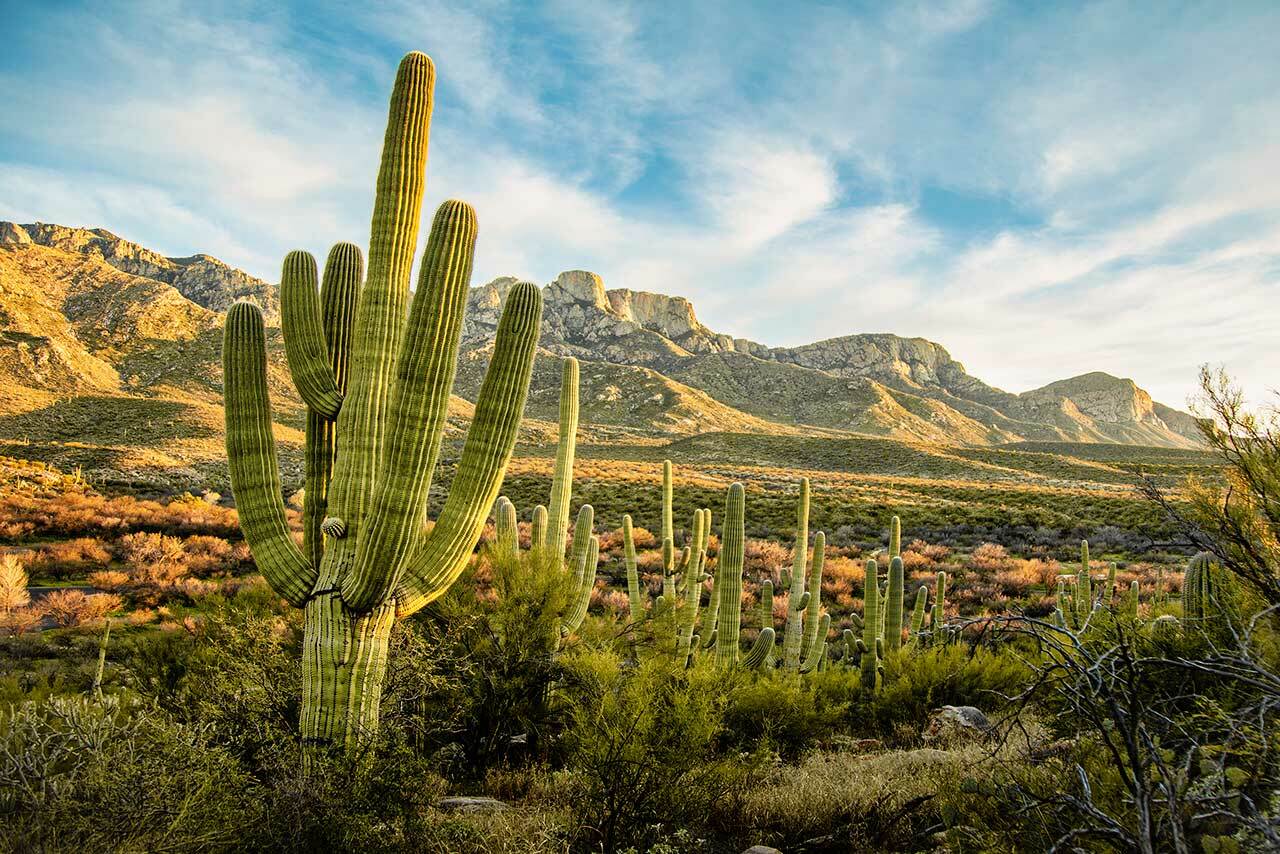
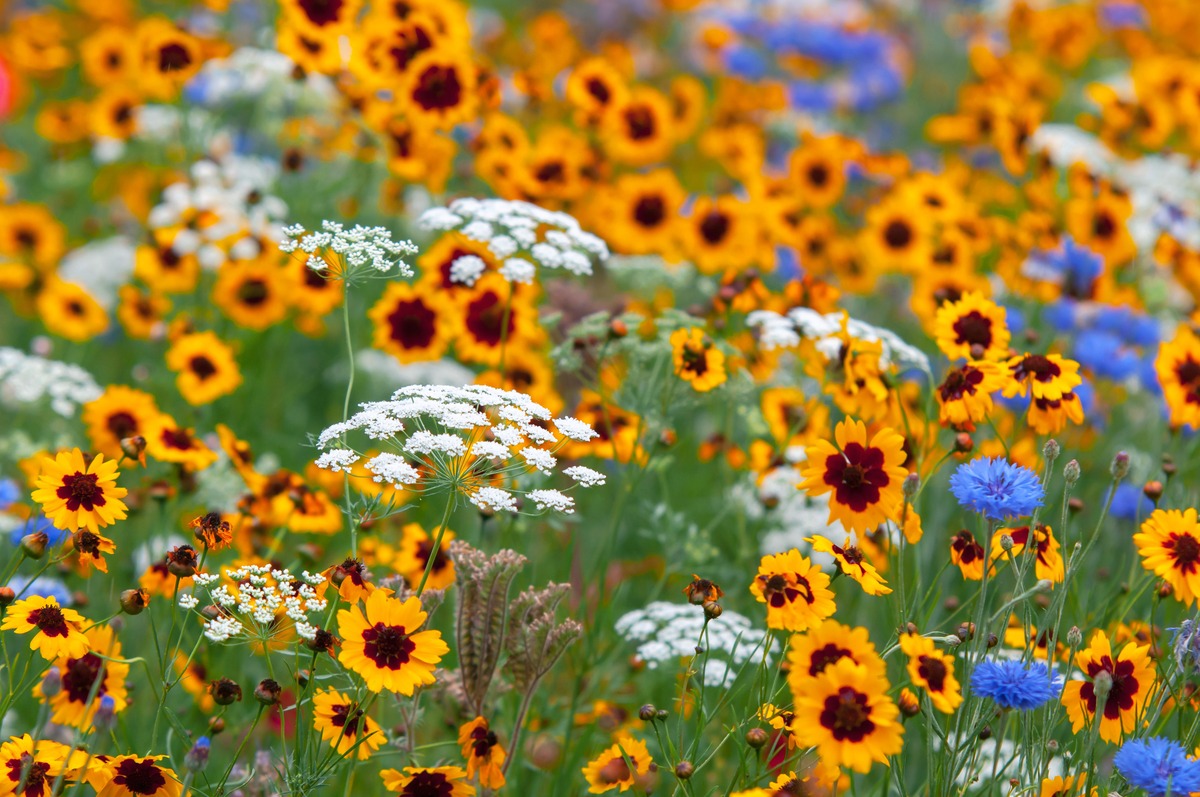
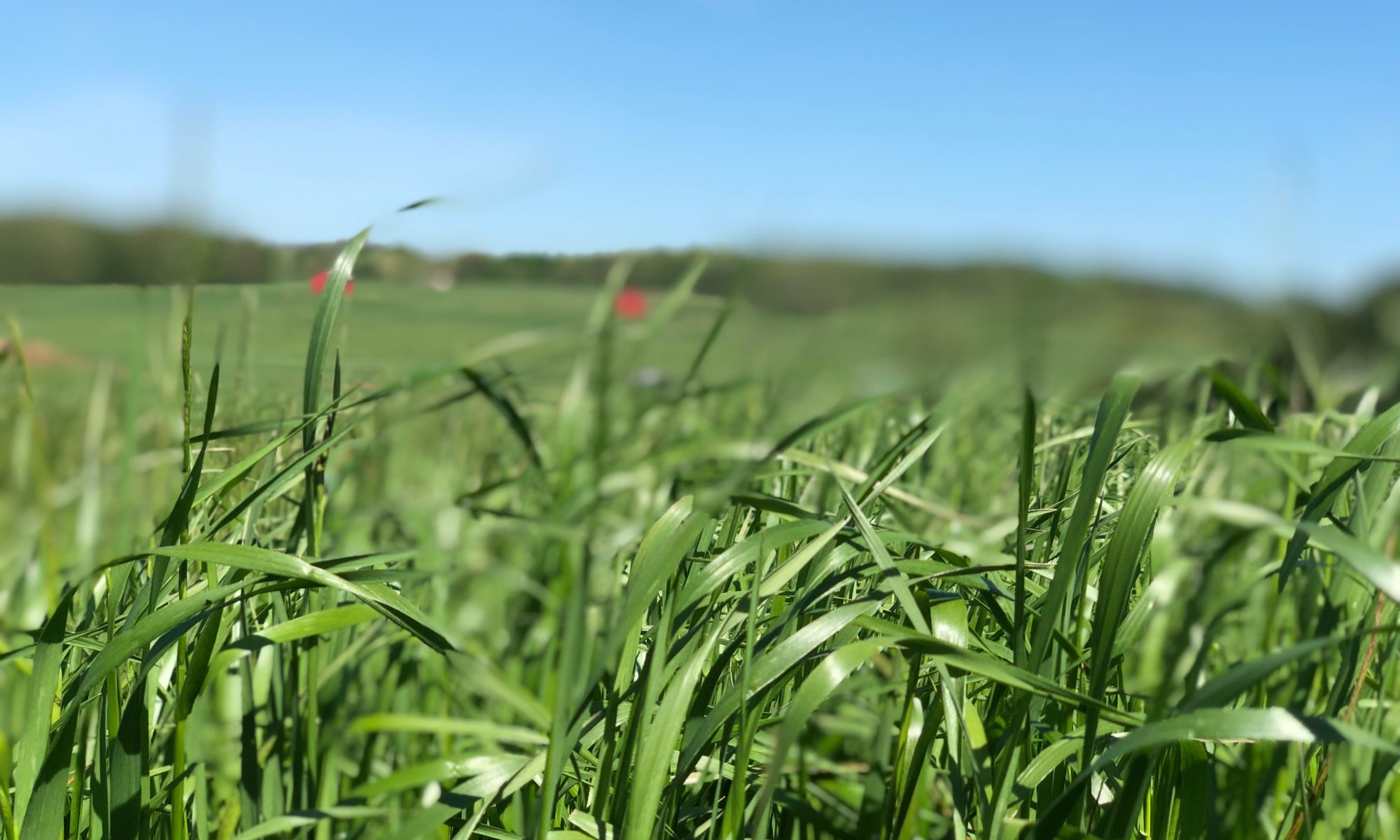
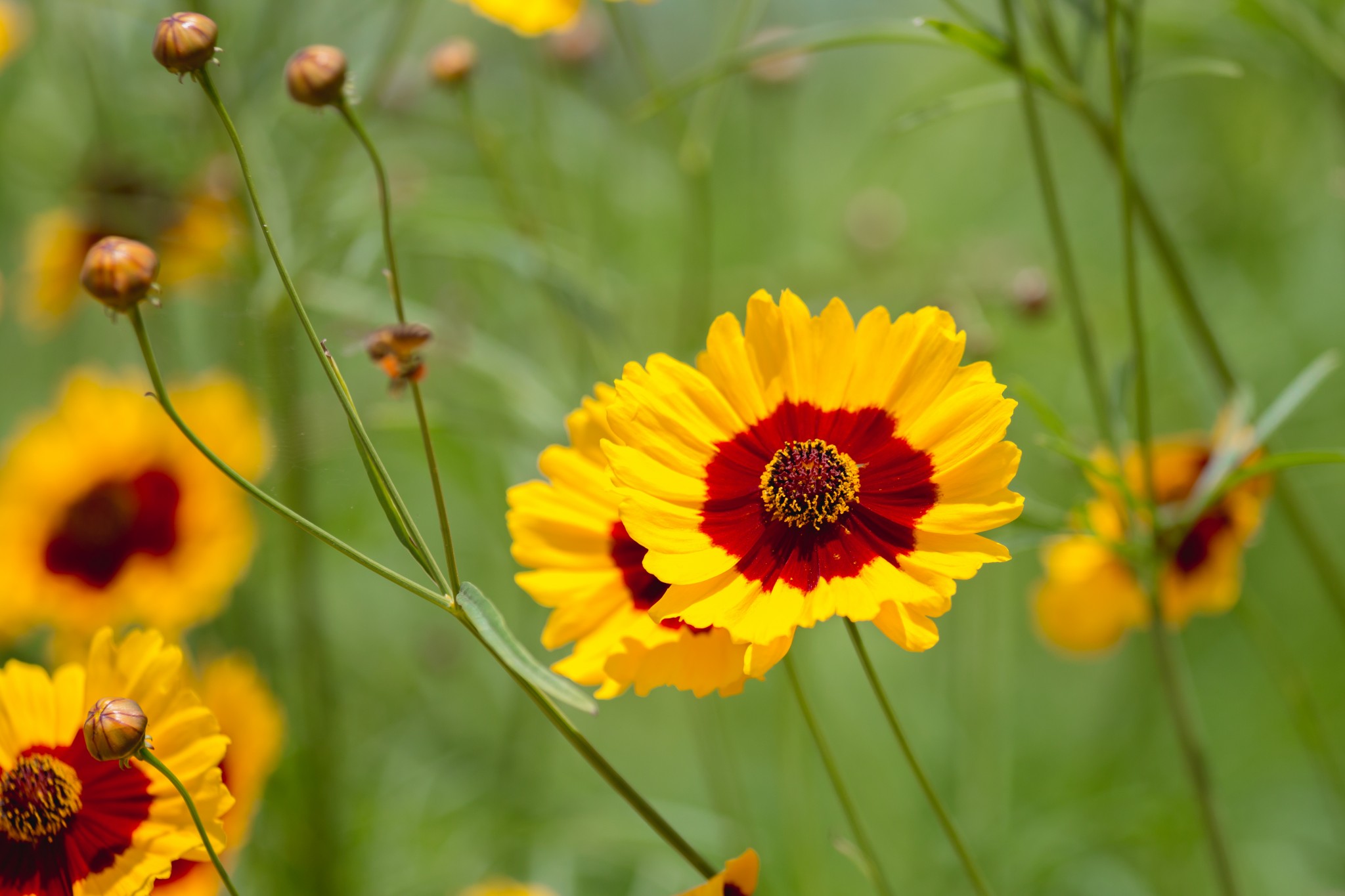
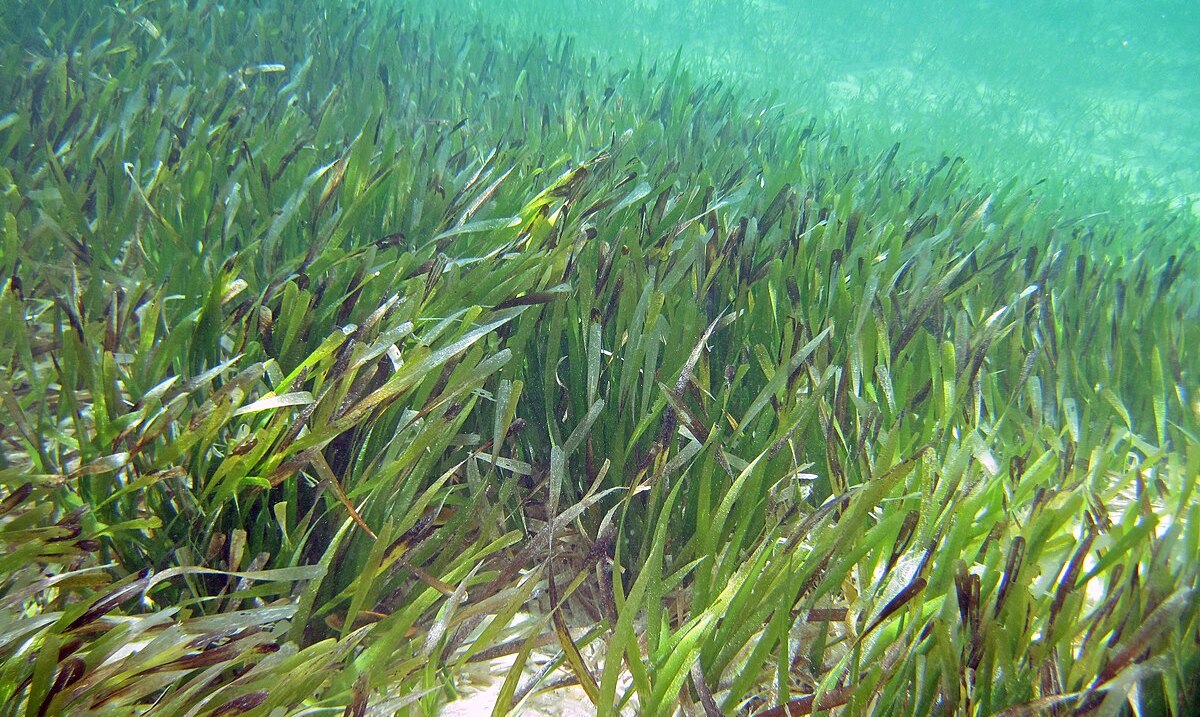
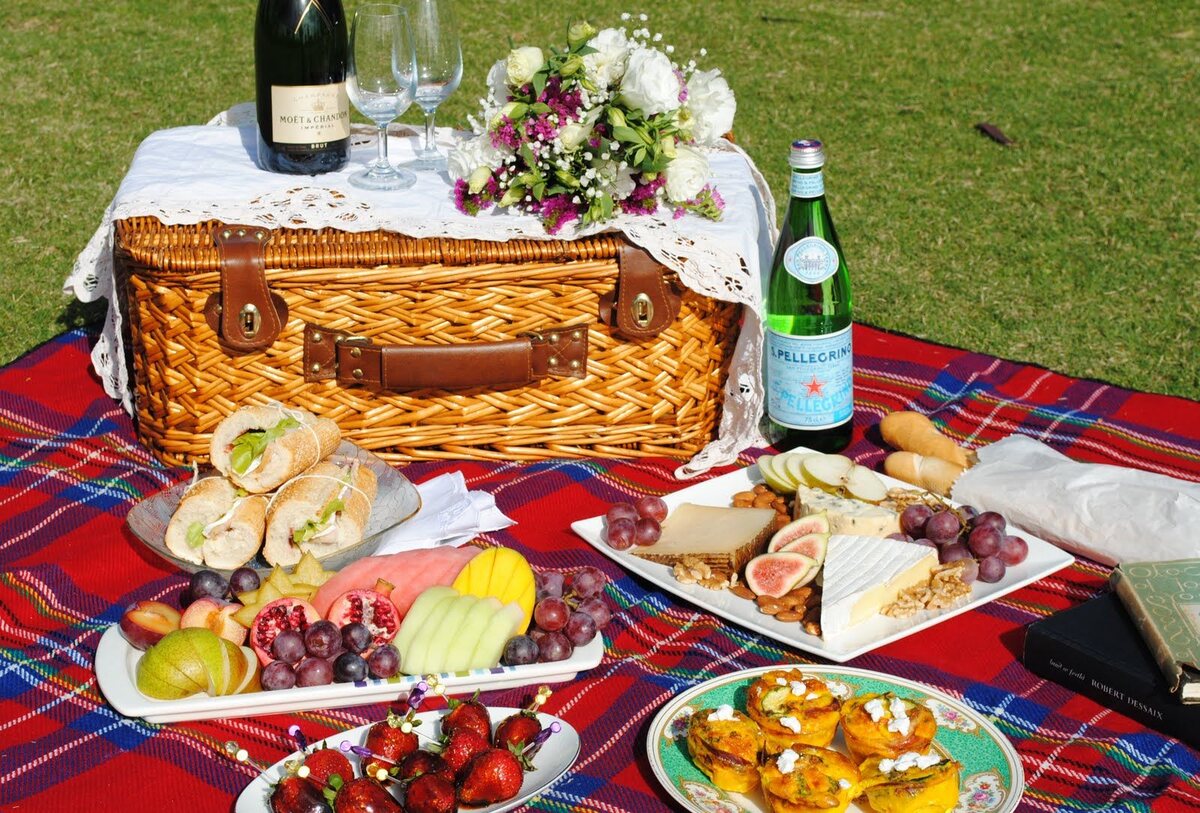
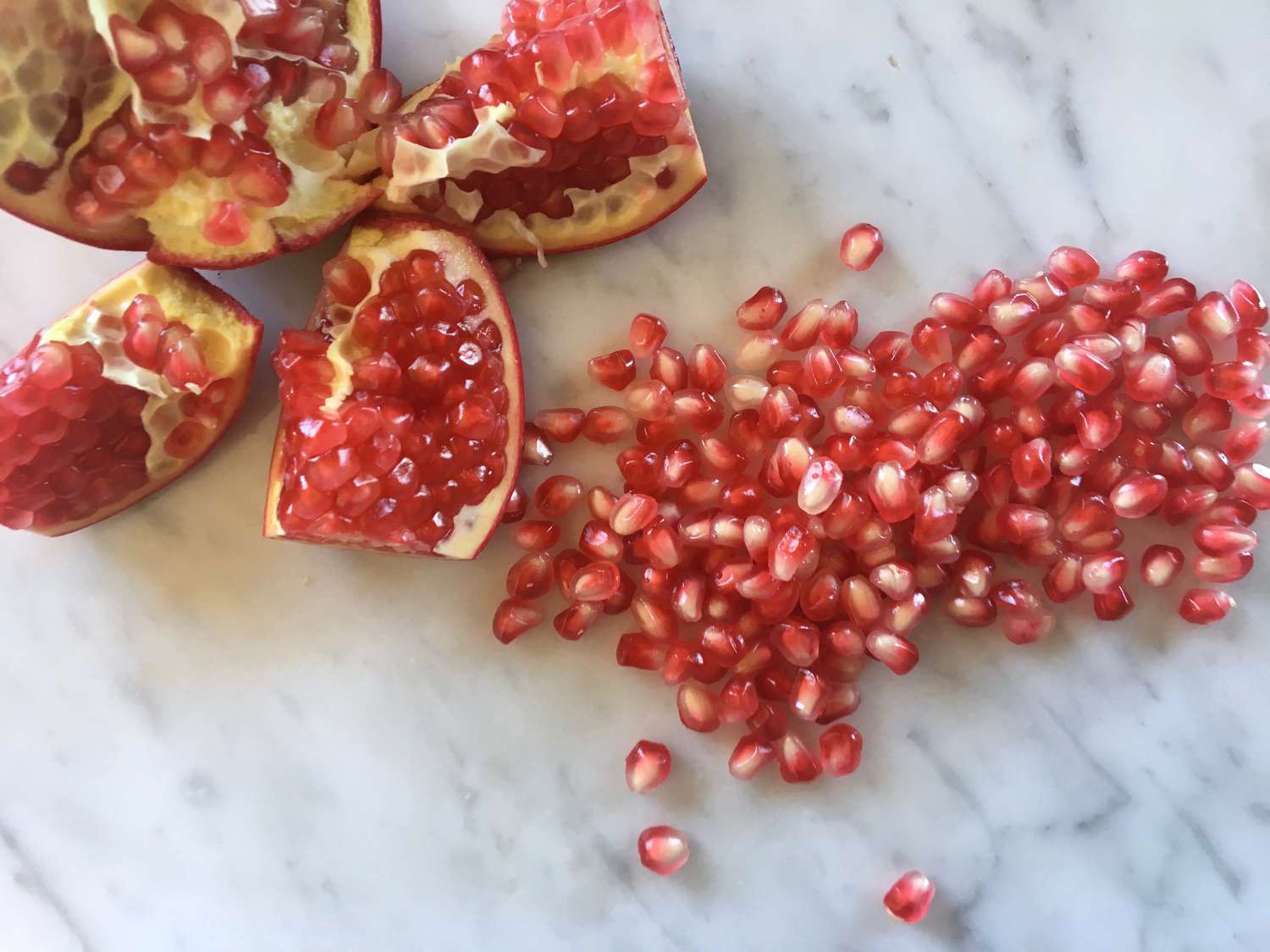
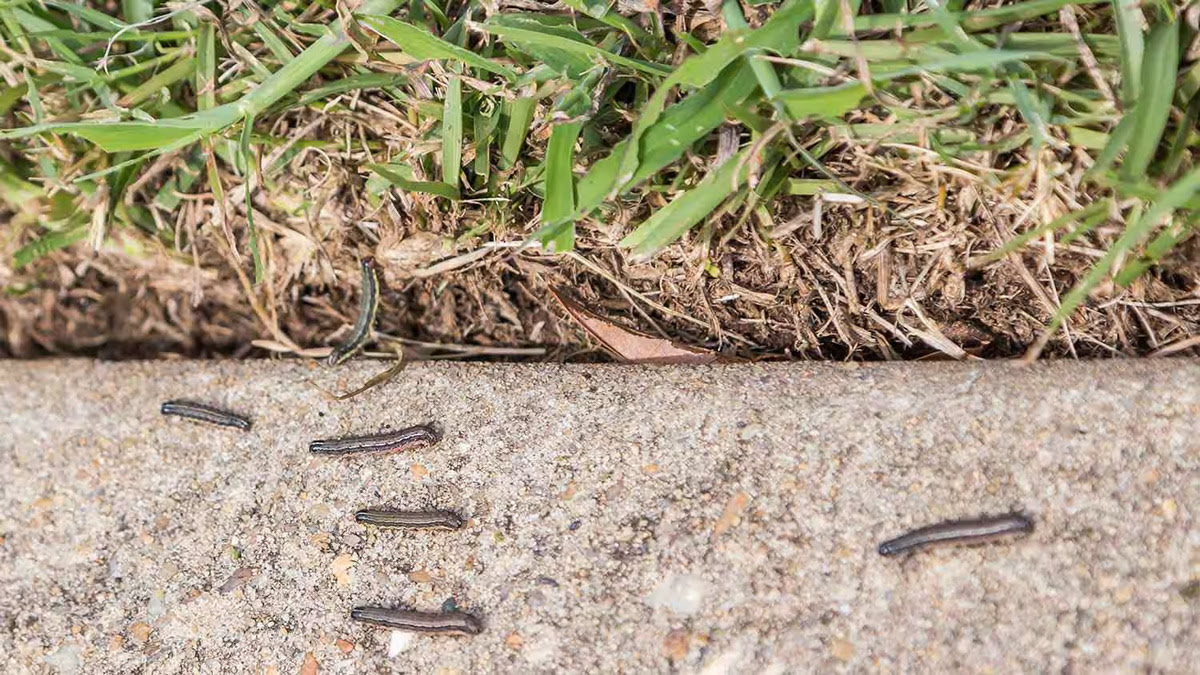

0 thoughts on “What Eats A Desert Wildflower”